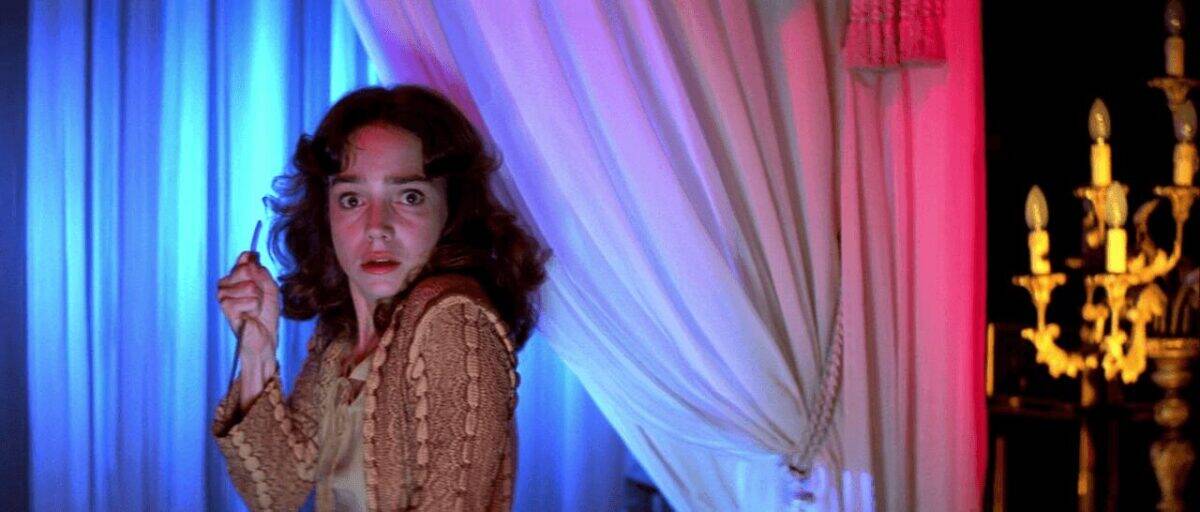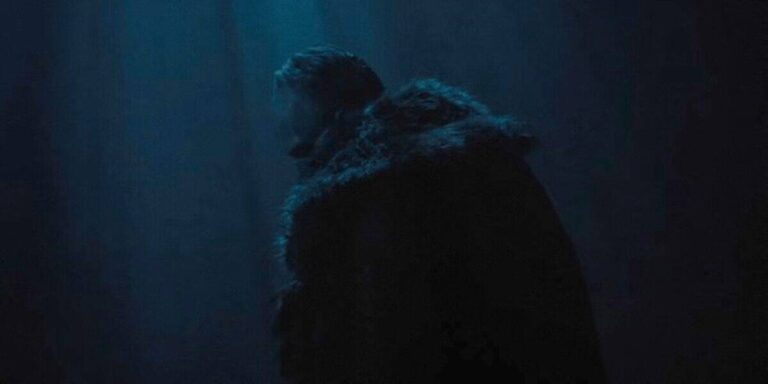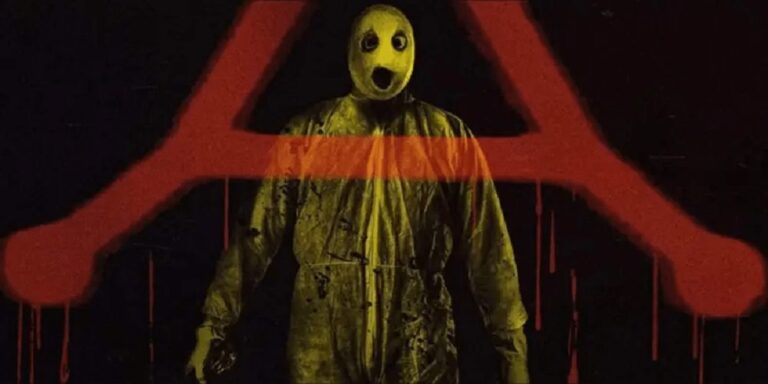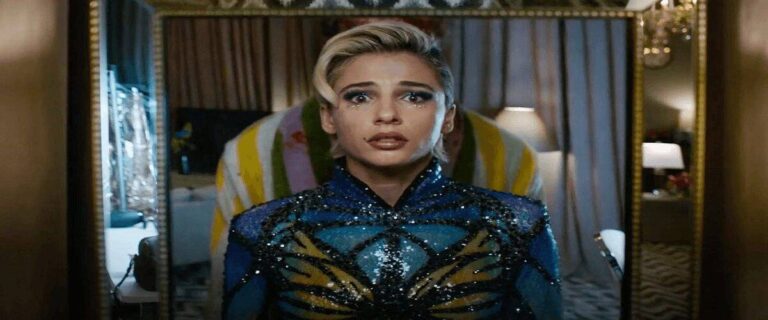Dario Argento Panico (2024)

The Most Famous Horror Director You’ve Never Heard Of
Dario Argento is revered by critics who are well-versed in giallo, a stylish genre of gory murder mysteries that originated in Italy in the 1960s. While many casual horror fans outside of Italy have never heard of him (or of giallo for that matter), Argento has been a celebrity in his home country for decades.
After his acclaimed 1970 directorial debut The Bird with the Crystal Plumage, Argento burnished his reputation as a master of the giallo with film like Deep Red and Tenebrae.
In 1977, Argento released his most famous work, the smash hit Suspiria. The film is about a young woman who discovers that her ballet school is secretly run by a coven of witches. Suspiria is known for its fantastic soundtrack, elaborate murder sequences, and creepy atmosphere.
Argento also directed an acclaimed sequel, Inferno. He went on to work with a young Jennifer Connelly in Phenomena and directed his daughter Asia in several films.
The new Shudder documentary, Dario Argento Panico, takes a look back at Argento’s career and rise to fame in Italy. Along with Argento himself, several filmmakers that he influenced are interviewed, including Guillermo del Toro. Argento’s daughters and ex-wife also shed light on his professional and personal lives.
Related: 10 Awesome Giallo Films Every Horror Fan Should Watch
Fear and Beauty
Argento spends the majority of the film being interviewed at a secluded hotel. He ruminates on the subjects that have fascinated and inspired him throughout his long career. The themes that most resonate with him are beauty and fear.
Argento is enamored with beauty. He describes a childhood fixation with the female models who worked with his mother, a prominent photographer. His films feature beautiful women as both victims and victors. Most of his protagonists are resilient young ladies who ultimately defeat or escape from the killer. Argento’s early works helped create the well-known “final girl” trope.
Speaking of beauty, Argento is known for his extensive use of bright primary colors. He has a distinct visual style. An Argento film looks different aesthetically from the work of any other director. That is an incredibly rare talent.
But it’s his obsession with fear that truly defines his work. Argento’s fascination with terror is well documented. His characters often live with (and die with) extreme dread. His films are designed to inflict these same emotions on viewers.
Unfortunately, Dario Argento Panico doesn’t delve deeply into Argento’s work on a technical level. If you’re looking for an in-depth explanation for how he can make a gruesome murder sequence look like a dazzling display of brilliant artistry, you won’t find it here. The filmmakers are more interested in discussing Argento’s personal obsessions and family relationships.
A Misogynist?
Some critics have leveled charges of misogyny at Argento due to the graphic murder scenes involving female victims in his films. The director’s cinematic bloodlust extends to his own family. Argento’s daughter, Fiore, plays a character who is viciously murdered and decapitated in the opening sequence of Phenomena.
Even weirder, Argento directed his other daughter, Asia, in a sex scene in Phantom of the Opera. I can hardly imagine how awkward that must have been to shoot.
Is Argento a misogynist in his personal life? It’s unlikely. Both of his daughters are affectionate toward him in their interviews. Even his ex-wife has plenty of nice things to say about their relationship. Besides, it’s not just women who meet unfortunate ends in his movies. Plenty of guys get brutally slaughtered as well.
It would have been great to hear Argento comment on this, if only to refute the charges. Unfortunately, the documentary glosses over the issue. Maybe Argento told the filmmakers beforehand that he didn’t want to discuss it, or perhaps they were too intimidated to ask him.
Final Thoughts
Dario Argento Panico gives a solid overview of Argento’s life and career, but its lack of in-depth film analysis, and its avoidance of controversial issues, keeps it from being even more intriguing.
Rating from 1 (avoid at all costs to 10 (masterpiece): 6







